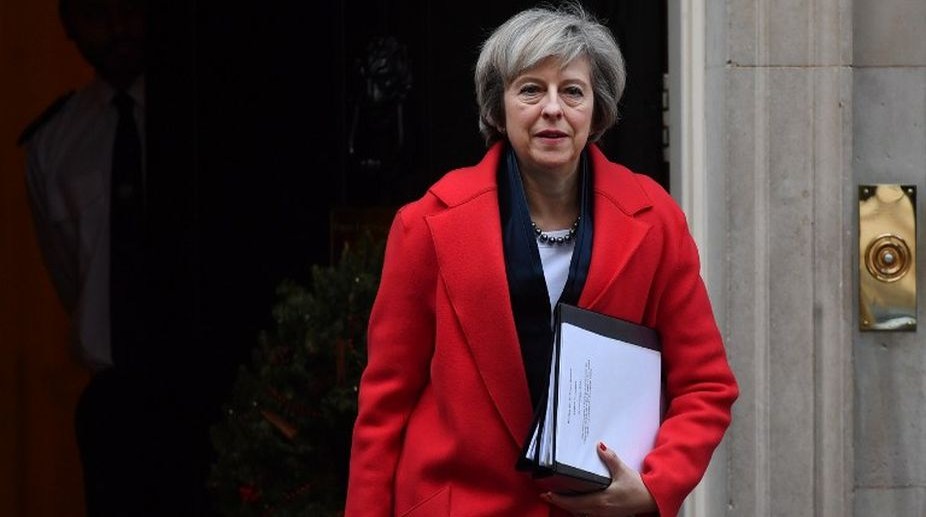Brexit pangs
Brexit, once hailed as a grand natural experiment for economists to dissect the repercussions of leaving a low-friction trade environment, has proven messier than anticipated.

British PM May (PHOTO: Twitter)
There was little that was dramatic in Theresa May’s reshuffle of her Cabinet on Monday, though the British Prime Minister has made the underlying purpose obvious enough ~ to add more power to her elbow before the Brexit negotiations are in full flow. And the underpinning, if driven by a momentous development in British and European history, is the thread that runs through ministerial reshuffles throughout the world.
Rightly have constitutional experts remarked that any Prime Minister’s executive power over his or her colleagues is never more strikingly revealed than in a reshuffle. Yet Britain bears witness to a status quoist exercise by a Head of Government who rather disingenuously had called a midterm election… only not to win. The fact that most senior ministers ~ pre-eminently the Chancellor of the Exchequer, the foreign, home and Brexit secretaries ~ still retain their portfolios suggests an anxiety on the part of 10 Downing Street not to rock the Whitehall applecart. The collective solidarity is apparent too in the case of many middle-rankers who have discovered ~ probably to their pleasant surprise ~ that they also possess the power of incumbency.
The major ministers have not swapped portfolios, far less been dropped. By that token, the orchestrated reshuffle was a generally uninspiring exercise. Unwittingly or otherwise, Mrs May has exposed the limitations of her power not least because of her electoral misadventure and the rumblings within the Conservative party over Brexit. And this must rank as the major political import of the purported recast. It might seem uncharitable, but nevertheless is true, that she has somehow conveyed the impression that she may not be the boss, after all.
Advertisement
The build-up prior to the reshuffle did convey the impression within Britain and in Europe that Mrs May had wanted to induct like-minded ministers to key posts in order to assert her political priorities. There is little doubt that she wanted to demonstrate that the Conservative party and the government can be revamped by bringing in younger and more diverse ministers to hold key posts. She was anxious too to consolidate her leadership by moving out individuals and sections of the party without suffering from it herself. In the event, she has been remarkably circumspect. Which explains why her performance on Monday was rather dismal. A few examples might suffice.
Initially, she had wanted to revamp health by moving out Jeremy Hunt. As it turned out, she couldn’t. Even Greg Clark, who is opposed to her trade policy, remains unscathed. Nor for that matter has Justine Greening been affected. She, more than any other minister, has been vehemently opposed to Mrs May’s divisive policy towards grammar schools. It is open to question whether the Prime Minister will be able to balance factions within the Conservative party. With Boris Johnson, David Davis and Philip Hammond untouched, Theresa May has managed to effect a deft intra-party exercise. Brexit, the bedrock of her prime ministership, is on test.
Advertisement